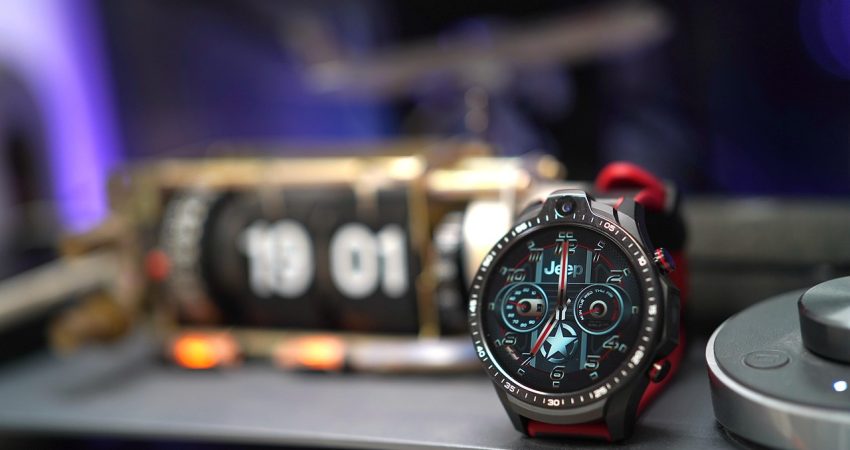
Fashion and different past epochs were thought to be in separate spheres, but technology is now coming together in what is redefining both fields. At the head of this great transformation are smart fabrics, which put digital elements into textiles and beyond the look and feel of a product. From wearables that track health info to fabrics that change with the weather, smart fabrics are presenting a future of fashion that is not only about look but also function and intelligence.
The Evolution of Smart Fabrics
Smart textiles what we also term e-textiles, put sensors, conductive threads and at times microprocessors right into your clothes and accessories. We see them as opposed to wearables like smartwatches which you add to an outfit, Smart fabrics have the tech integrated within the garment which in turn makes the tech almost invisible and at the same time increases its function.
At first smart textile technology was applied in military which saw the development of fabrics that detected environmental hazards and monitored soldiers’ health. Now the field has grown to include the commercial market which has taken up the technology in sportswear, medical garments, and high fashion.
Applications Transforming Daily Life
In the health care field, we see the largest use of smart fabrics. We have smart shirts and undergarments which track heart rate, breathing patterns, posture, also they may also identify early health issues like arrhythmias or respiratory problems. Also these wearables report real-time info to health care apps or providers which in turn enables continuous health monitoring without the use of invasive devices.
Sport tech is a growing segment of smart fabrics. We see athletes in tech-designed clothing that reports back on things like muscle movement, hydration levels, and fatigue which in turn helps to improve performance and prevent injury.
In the fashion world at the same time we see designers play with smart fabrics, which are transforming the art of clothing. We have dresses that change color with mood, jackets that regulate temperature according to the weather, and accessories that integrate solar panels for device charging which is bringing runways into the age of future innovation.
Challenges to Overcome
While there is great potential, we see that bringing tech to textiles is not without its challenges. Issues of durability, washability and comfort are key which we must solve in order for smart fabrics to become a part of our everyday wear. Also in terms of power supply, we are still in the early stages we are researching into developing lightweight, flexible, and lasting energy sources for smart textiles.
Also we see that as garments which are able to collect and transmit personal info become a reality privacy and data security issues come to the fore. As smart fabrics grow in popularity industry standards and regulations will play a key role in their use.


